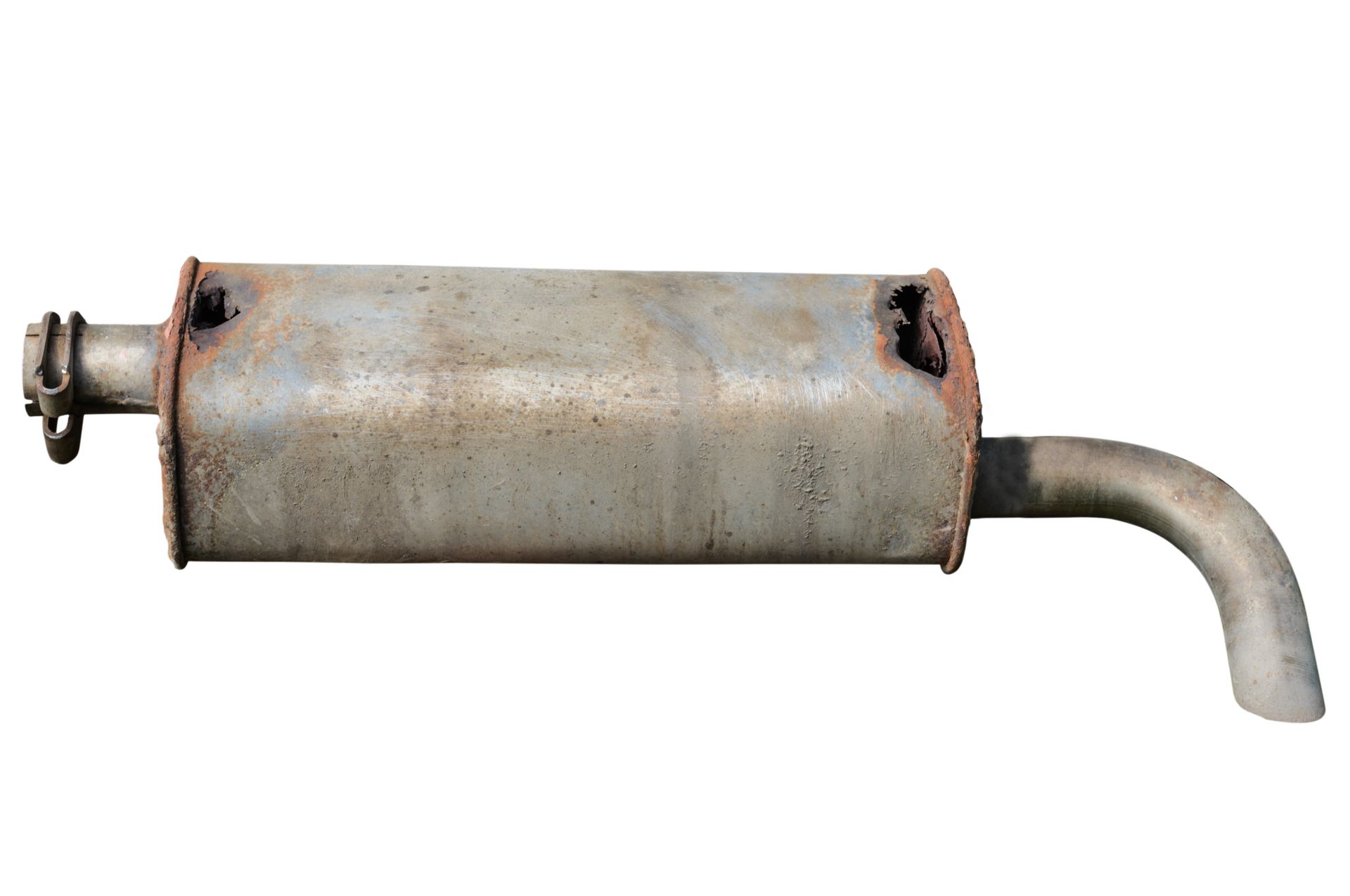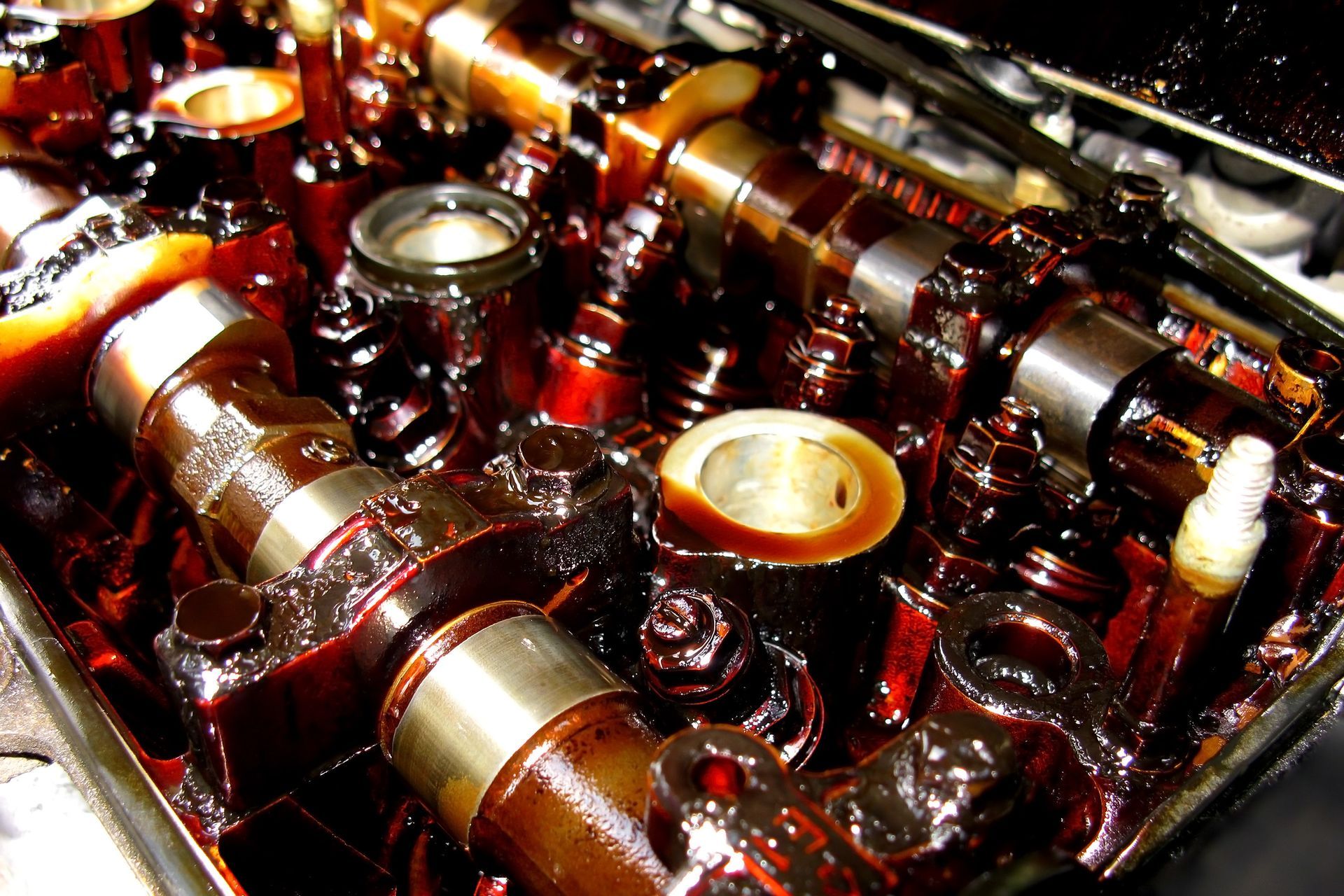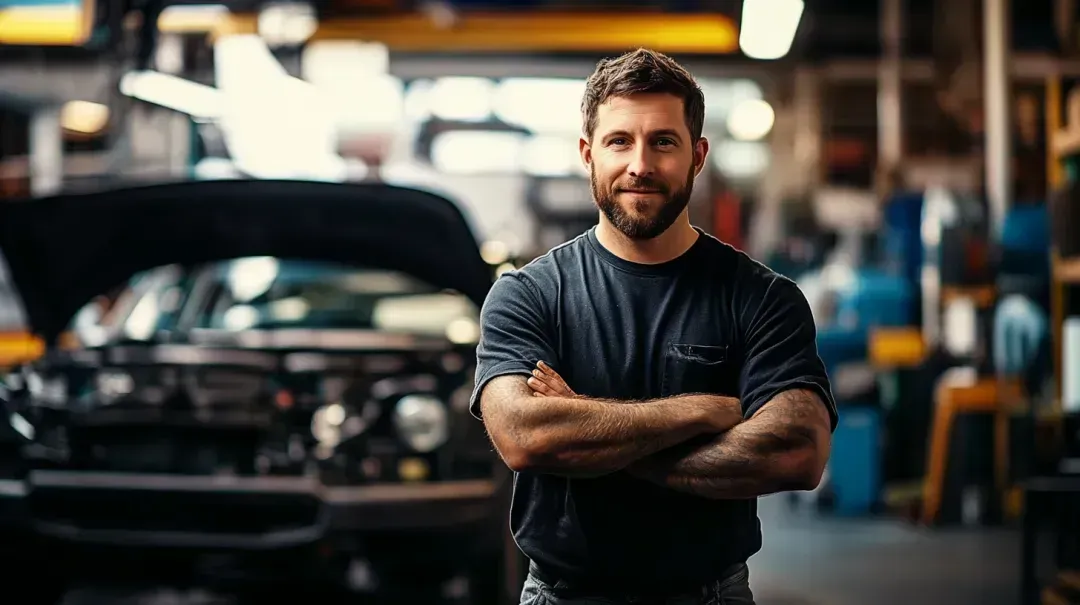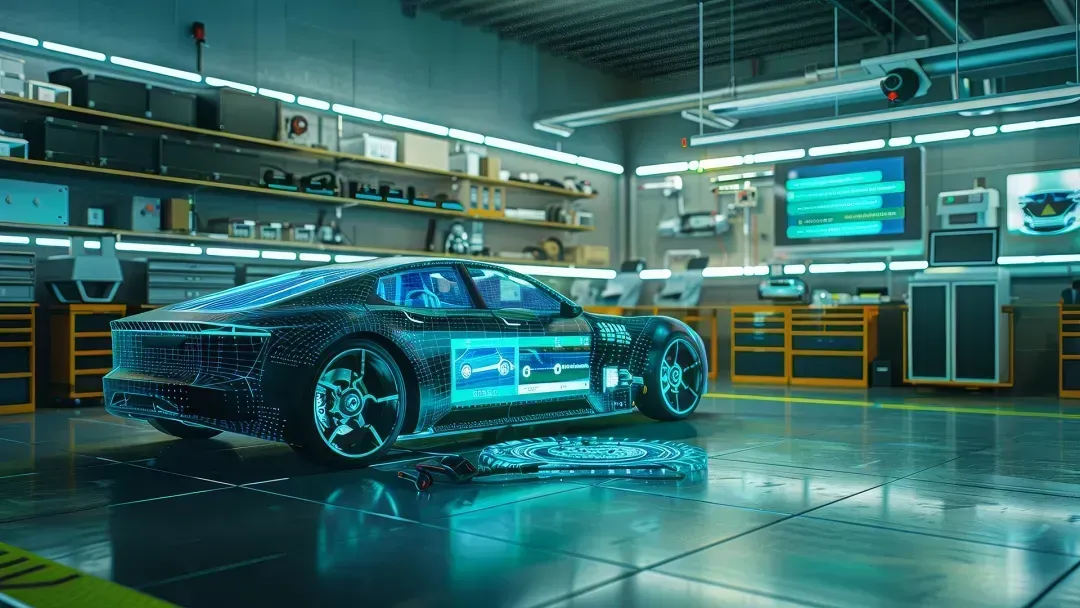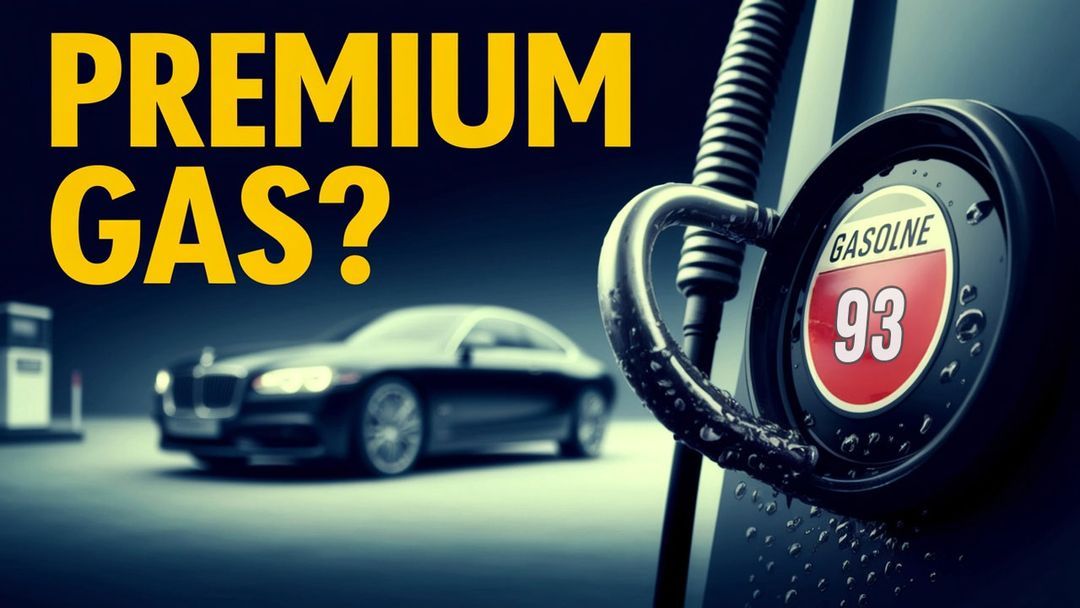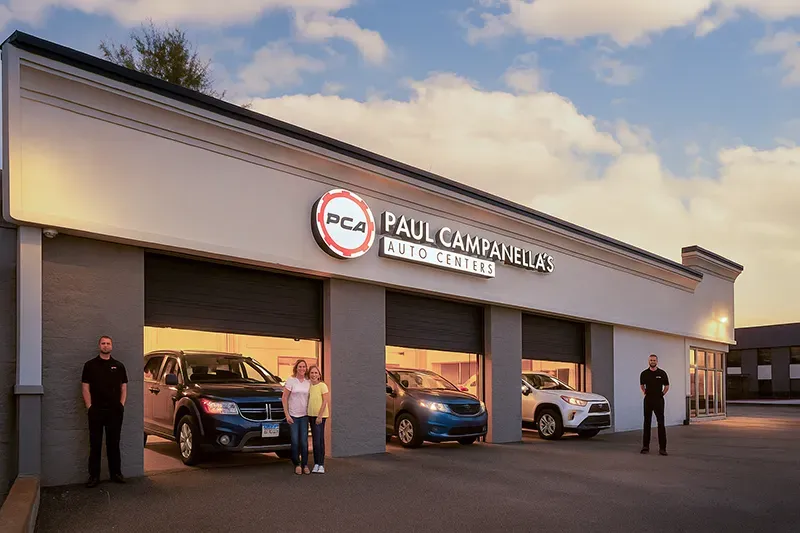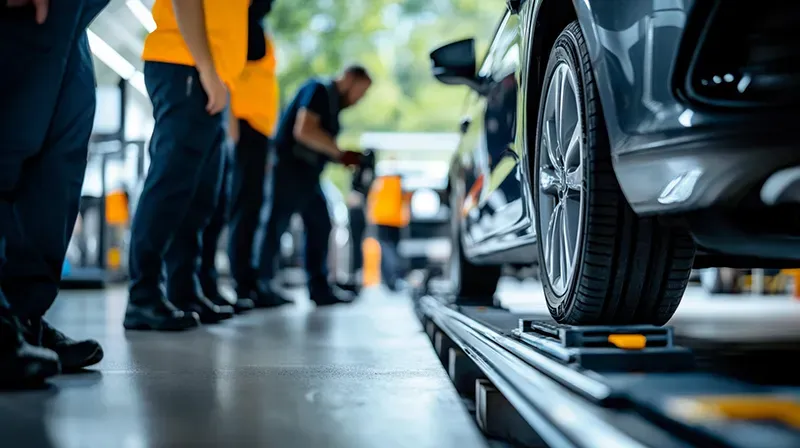If you’re wondering how to avoid hydroplaning, vehicle use and maintenance need to be considered. Hydroplaning occurs when a vehicle experiences a loss of traction in a wet environment, and slides or skids across the road. There are several choices you can make to eliminate the risk of your car hydroplaning in bad weather.
1. Choose defensive driving over aggressive acceleration .
Slow down when driving in wet conditions. Maintain a speed at least 10 miles below the speed limit and lower your need to brake. Wet roads equal less traction so braking will do little in your favor, especially if you’re shooting down the highway at 65 mph. Going a safe speed will also eliminate your need to make sudden movements, which will increase the likelihood of your car hydroplaning. To reduce further risk of hydroplaning, try driving in the tracks of cars in front of you. The water or ice will have begun to separate in the path of previous drivers, making less work for your vehicle. If you can, avoid driving in outer lanes where water may collect. Your car is more likely to hydroplane in standing water.
2. Avoid cruise control during bad weather.
While using cruise control during long stretches is convenient, it’s a great danger in unpredictable conditions. When engaged in a high-panic situation, you may forget to disengage or blank altogether. You need full control of your car in a storm and cruise control is an extra hoop to go through when making a split-second decision.
3. Keep your tires in-t une.
Tire maintenance is crucial in preparation for rainy and icy weather. The U.S. Department of Transportation recommends replacing tires that reach 2/32 of an inch and 20 states in the U.S. adhere to this policy. If you want to play it safe, the new recommendation is replacing tires once they reach 4/32, according to ConsumerReports.org. If you’re driving in harsh weather, you need more leeway in your tire treads.
If you’re unsure whether your tires are due for replacement, the age-old penny trick has your back. Take a penny and place Lincoln head-first in the grooves of your tire. If part or all of his head is covered, you have more than 2/32 remaining in your tread. If you can see his head completely, its time to take a trip to your local auto repair shop.
The grooves and ribs (raised surface on a tire) work together to channel water and debris out from under the tire, creating friction on the road. The smoother a tire's surface is, the less friction it's able to create. In addition, proper inflation adds to tire traction. Make sure you are regularly checking tire pressure and health to prevent an accident later on down the road.
While regular maintenance may seem expensive or unnecessary, it will preserve your car longer. Paying several hundred dollars for a good set of tires is far cheaper than paying for body damage or even a brand-new car after crashing. If you are looking into tire care or repair, schedule and appointment or call Paul Campanella’s Auto & Tire Center for a free consultation! Our knowledgeable service advisors will match you with a tire that suits your vehicle and needs.

